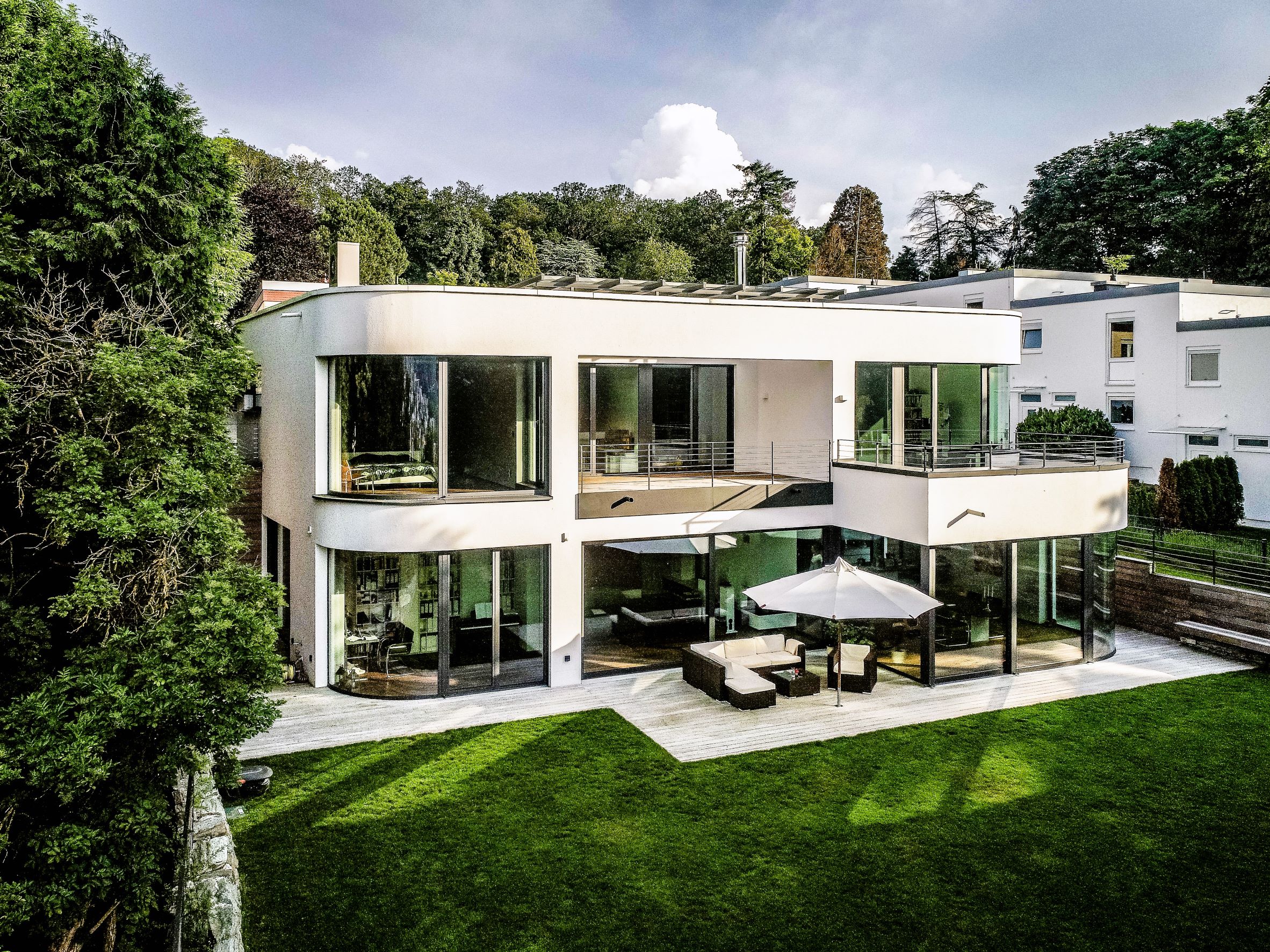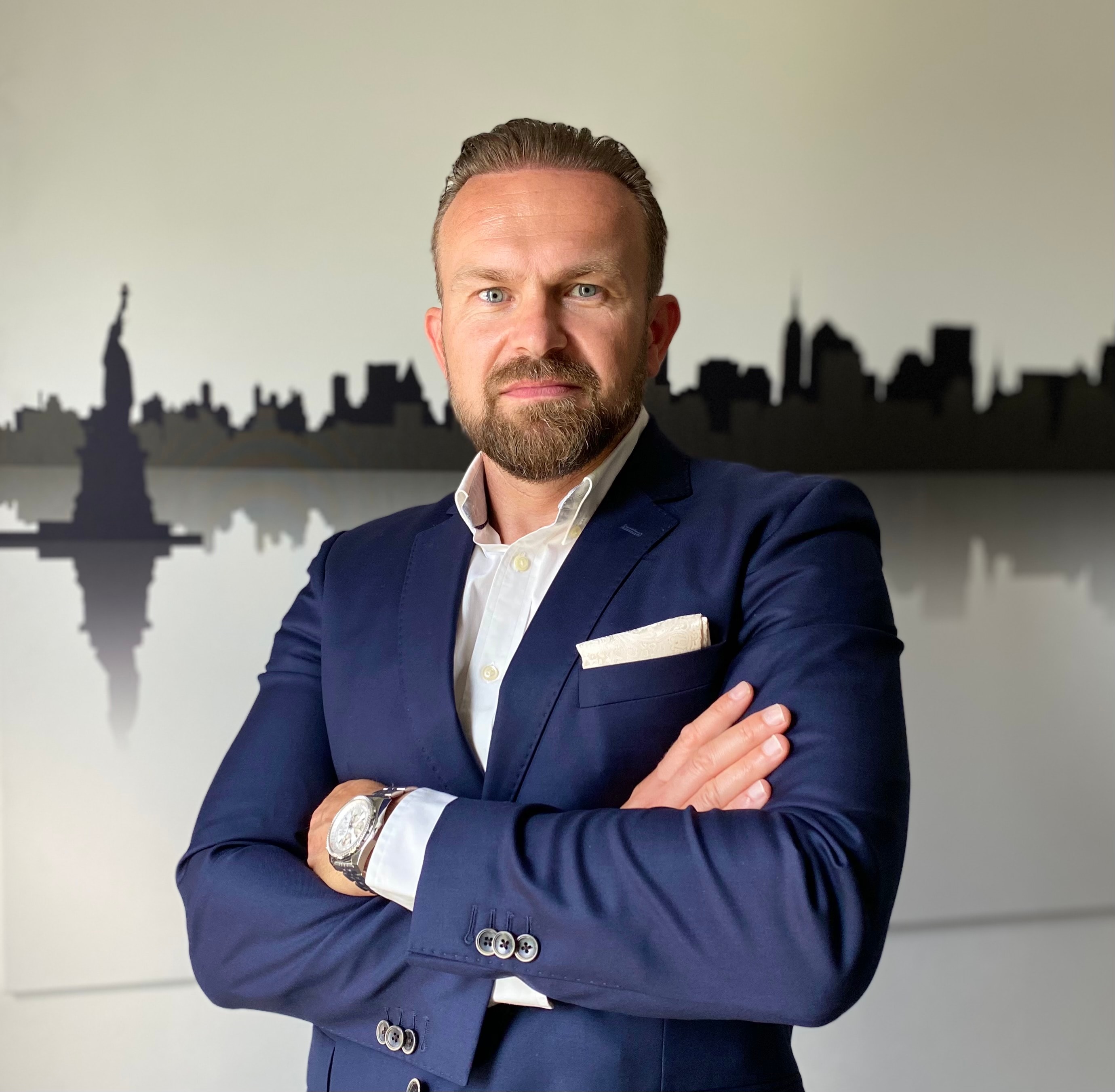/
Real estate photography


In a time where the first impression is almost always online, professional real estate photography is not a 'Nice-to-have', but one of the most important levers for faster sales, higher click rates, and better prices.
The first impression matters
It usually starts quite unspectacularly: an owner in Sonnenberg, a villa overlooking Neroberg, the parquet freshly oiled, the custom-made Bulthaup kitchen in perfect condition.
For weeks, you have been renovating with an architect, the interior designer has designed a warm lighting concept, the gardeners have pruned the boxwood trees. And then, on the day of the publication, a thumb swipe on the smartphone decides whether a high-income buyer delves deeper into the exposé - or swipes to the next property.
In the luxury class, it is not the loudest, but the visually clearest story that wins.
Why excellent photography has measurable effects
Why this is the case can be surprisingly soberly proven. Studies from the digital real estate environment consistently show that high-quality images are not just decoration, they are tools. In an empirical study on the impact of professional photography, demand for advertisements increased by 8.98% after professionals took over the image production - measured using a Difference-in-Differences design (Zhang et al., Management Science, 2022).
Even though the study comes from the short-term rental segment, the mechanisms - composition, color, figure-ground - are transferable to premium properties. Research on listing quality (Gay and Zhang, SSRN, 2015) also shows that better photos and descriptions correlate with higher sales prices. Industry-related compilations (RubyHome, 2024) also report that listings with professional photography sell faster and generate significantly more views.
Conclusion:Visual quality shifts the demand curve - especially where buyers pre-select before requesting a viewing.
Wiesbaden as a stage: What luxury buyers expect
Wiesbaden sells two things: space and tranquility.
The Gründerzeit facades in the Rheingau district, the villas in Sonnenberg, the solitaires on the hill - they thrive on light.
Luxury buyers select aesthetically: they expect images to let materials 'speak' (travertine, oak, natural stone), to show proportions honestly and to lead perspectives wisely. And they have become more international. Market insights (e.g. CBRE, 2024) point to a growing HNWI clientele (High-Net-Worth Individuals) in European markets. Those who reach this clientele first do so through images.
A realistic story from practice
Let's take the villa at Neroberg. The owner wants to place it discreetly but precisely - realistic price expectations, no trial balloons. The agent defines the visual language: bright daylight, warm accent lighting in the evening; clear, right-angled lines; focus on perspectives from the entrance through the living room into the garden. Not an 'aggressive' wide-angle, but focal lengths that open the space without distorting it.
The photographer arrives late in the morning. Tripod, 16-24 mm for wide spaces, 35-50 mm for details. Exposure brackets secure the view into the park-like garden. In the evening, a second session in the Blue Hour: facade with warm interior lights, reflection in the pool, the city glows. From over 300 raw shots, 24 curated images are selected: each with a clear intention - 'This is how one lives here.'
Measurable effects in the premium segment
- Faster decision maturity: Professional photos correlate with shorter marketing times (e.g. Redfin-/VHT-/IMOTO data, summarized by RubyHome, 2024). In the premium segment, 'faster' mainly means: more qualified inquiries in less time.
- More visibility, better pre-qualification: Eye-tracking insights show that interested parties spend most of their time looking at photos before reading texts. Excellent image guidance increases click and retention rates.
- Price stability: Recent research on 3D tours (HBS Working Paper, 2025) finds some small effects on the final price and sometimes longer marketing times. Interpretation: 3D is a supplement, not a replacement. High-quality photography remains the foundation.
Five principles for owners in Wiesbaden
- Curated naturalness instead of decorative excess
Remove more than you like - and add less than you think. A bouquet of flowers, a subtle plaid, a coffee table book are enough. Personal items disappear. What remains is light, space, and proportions. - Window views are currency
Exposure brackets ensure that interiors and exteriors work simultaneously. An overexposed view devalues the location - especially in hillside and garden locations. Technology is marketing logic here. - Vertical lines must be straight
Converging lines are particularly unkind in historical rooms. Camera parallel to the floor, perspective correction in post-processing. Professionals do this automatically - and it shows. - Less wide-angle, more truth
Below about 14 mm (full frame), it becomes unnatural. Luxury buyers notice this immediately. Better: good perspectives, clear lines of sight, precise details with 35-50 mm. - Blue hour outside, realism inside
Exterior shots in the blue hour create atmosphere, while daylight dominates inside. Warm white artificial light can support; mixed light is harmonized in post-processing.
How many images a strong exposé needs
Less, but more precise. For 250–500 m², 18–26 curated images are a good guideline: exterior view day and dusk, entrance, two perspectives of the main living area, kitchen, master suite (bedroom and bathroom), two more bedrooms/office spaces, one or two special rooms (wine cellar, SPA, library), staircase/details, two garden/terrace views, and a strong finish. Each shot has a message; repetitions cost attention.
Video, 3D, drone: What really complements?
- Video: Strong for social media and brand building, often linked to significantly more inquiries. Magnitudes vary by channel, but the trend is clear: moving images captivate.
- 3D tours: Use selectively. Useful for discreet pre-qualification in Wiesbaden (international buyers, longer travel distance). Does not replace curated photos.
- Drone: Effective in hillside locations, large gardens, and views of Neroberg/Taunus. Pay attention to legal regulations (flight zones, data protection). A supplement, not a replacement.
Common misconceptions in the luxury segment
- 'My house speaks for itself.' It does - if the images allow it. Otherwise, even a spectacular property loses its radiance online.
- 'The more photos, the better.' Not in the premium segment. Overloading dilutes. A precise image sequence guides and convinces.
- 'Virtual staging solves everything.' Legitimate, but must be labeled. Overly polished renderings undermine trust - the toughest currency in the luxury market.
How to recognize a good photographer
- Portfolio with comparable objects - historical and modern.
- Clean lines, natural colors (white stays white, wood stays wood).
- Consistent quality across entire series, not just a few 'hero shots'.
- Solid workflow: RAW, exposure brackets, perspective correction, color-calibrated monitors, data privacy-compliant delivery.
- Regional knowledge: Knows light windows, perspectives, and typical locations in Wiesbaden.
Ethics and transparency
Optimization is allowed, deception is not. Minor retouching (cables, stains) is common. Substantial issues must remain visible. Mark virtual staging. Make identifiers and personal data unrecognizable. Drone flights only within legal requirements.
Conclusion: Images are strategy - not decoration
The sales psychology and empirical evidence are clear: Excellent real estate photography shifts demand, accelerates decisions, and supports prices - not as a magic bullet, but as a precise tool in the mix. In Wiesbaden - with its mixture of historical substance, green locations, and international buyer structure - the visual first encounter often determines whether a prospective buyer goes deeper. Owners who take the visual language seriously are investing not in 'beautiful photos', but in market access, time savings, and price stability.
Sources and studies
- Zhang, S., Lee, D., Singh, P. V., Srinivasan, K. (2022): What Makes a Good Image? Airbnb Demand Analytics Leveraging Interpretable Image Features. Management Science 68(8): 5644–5666. DOI: 10.1287/mnsc.2021.4175
- Gay, S., Zhang, A. (2015): Marketing and Product Description: Value Added in the Real Estate Market. SSRN Working Paper 2690221.
- Harvard Business School (2025): Beyond the Hype: Unveiling the Marginal Benefits of 3D Virtual Tours in Real Estate. Working Paper.
- RubyHome (2024): Real Estate Photography Statistics. Summary of industry-relevant figures (including NAR, Redfin, VHT, IMOTO).
- HomeJab/IMOTO/VHT Studios: Industry reports on photo quality, Days on Market, and online views (2024–2025, cited in the above overviews).
- CBRE (2024): Luxury Real Estate 2024. Market insights on HNWI demographics and European demand.
